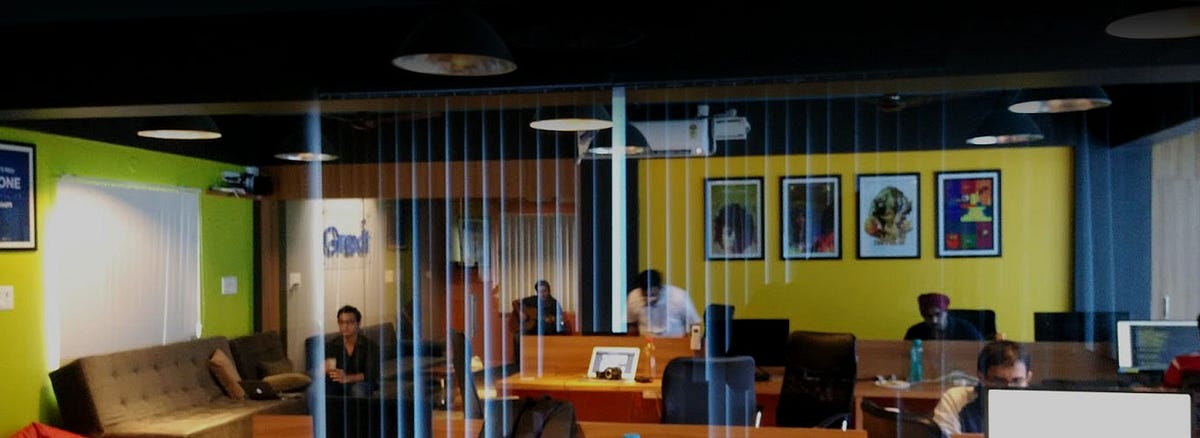Bangalore was the next stop for the iSPIRT product round-table around the theme of “Getting Traction for Software Products”. The goal of this round-table, hosted by Niraj Rout (Hiver/Grexit), Natwar Maheshwari (Around.io) Avinash Raghava and me, was to get peer feedback from a group of startups at a similar stage.
In this format, around ten participants meet and each one gets around twenty minutes to showcase their product and share their challenges. Everyone then gives feedback based on their experience. We met at the Hiver office at HSR Layout.

We have observed that most Indian product startups are not very comfortable with the self-service model, where the goal is to reduce frictionto product adoption and hence drive traction. With this format we get to talk about topics like automated sign-ups, on-boarding, customer success, content marketing, positioning and quality and nudge the participants towards this model. Most other round-tables talk about how sales can drive growth. Here, we focus on how products drive growth.
We have earlier done this format at Pune, Delhi, Ahmedabad and Mumbai before coming to Bangalore. Being an outsider, it was fascinating to see how the city of Bangalore was rapidly expanding. This magnet for migration has become a mess of concrete blocks, narrow lanes, traffic jams and angry cab drivers. But this is also where the startup ecosystem is thriving. The number of technology startups is astounding and there are many strong companies being built. At the round-table, we had a bunch of really amazing and diverse product companies.
The amount of startup literature available is almost unlimited, and every third person is self-qualified to dispense gyaan. At the round-table, we avoidgyaan by discussing specific problems. Some of the problems we discussed were:
- Entering new markets (like the United States or Europe)
- Content marketing (how to get blogs to write for you)
- Increasing growth (how do we go beyond the early adopters)
- Launching new products (or pivoting)
- Moving towards SAAS (from an on-premise model)
- Competition (getting even with YC funded, slickly branded competitors)
At the end each one of us went back with at least one or two things we could work on.
What really stood out about this group was that this was a bunch of seasoned entrepreneurs. Almost everyone had real products. Their feet were firmly on the ground and were motivated to scale their companies to the next level.
I flew in to Bangalore a couple of days before the round-table to meet ERPNext customers and community members. It was both inspiring and humbling to meet users and developers who were working on a product we built. After all these years, I could see that the product had built a strong reputation and users were expecting a lot from us. Almost every conversation was around open source. Why? How? Are you crazy? I am certain that almost everyone who was uncertain about it before we met, had become an evangelist by the time our meeting was over.
On the evening before the roundtable, Niraj, Avinash, Natwar and I met at the Napoli Bistro at HSR Layout for dinner. Over pizza and soda, we chatted about the state of software products in India. While it was really nice to see product companies being able to survive and begin to prosper in India, there was almost no one taking moonshots, or outrageous risks, like Elon Musk. Most of the conversations we had were on the short term (survival) and medium term (growth).
On my way back to Mumbai, I reflected on what we were doing at ERPNext with open source and building communities. We believe that we are taking big risks, by breaking all the rules of how software products are built in India. In the context of the overall community it is important someone does that. With all the conversations I had over the past three days, I was convinced that we were on to something and we should take even bigger risks.
Whether we fail or succeed, is another matter. We need more moonshots.

